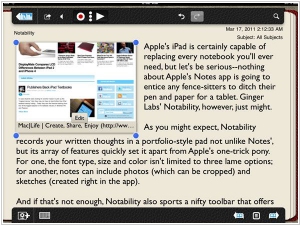Google Keep vs Notability
August 28, 2023 | Author: Adam Levine
15
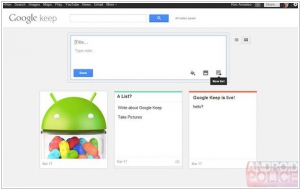
Cloud-based note taking service designed to help people keep track of their thoughts, scribbles and notes. With Keep you can quickly jot ideas down when you think of them and even include checklists and photos to keep track of what’s important to you. Your notes are safely stored in Google Drive and synced to all your devices so you can always have them at hand. Available on Android
Google Keep and Notability are distinct note-taking applications, each with its own strengths catering to different user preferences. Google Keep offers a simple and user-friendly interface for capturing quick notes, to-do lists, and reminders. It emphasizes accessibility and synchronization across devices, making it suitable for users who value easy access to their notes on various platforms. On the other hand, Notability is specifically tailored for handwritten note-taking and annotation, providing a smooth and natural handwriting experience with advanced tools for digital inking. It excels in its support for PDF annotation and offers a comprehensive set of features for users who prefer using tablets or styluses to recreate the feel of pen and paper.
See also: Top 10 Notebooks
See also: Top 10 Notebooks
Google Keep vs Notability in our news:
2023. Google Keep finaly introduces text formatting support
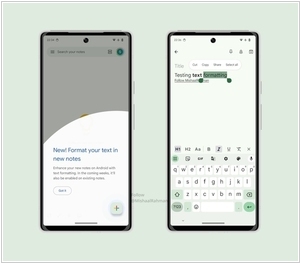
Google has finally introduced a much-needed improvement to its note-taking platform, Google Keep. When you click on the plus sign to access the extended options, a distinct underlined icon resembling the letter "A" appears in the toolbar. This icon provides access to various formatting choices, such as H1 and H2 for different heading sizes. Additionally, the "Aa" option conveniently returns the text to its default format. Other formatting features, including bold, italics, underlining, and strikethrough, are also available. Another new feature known as "version history" is now available in the web version of Keep. This feature allows users to review previous versions of text-based revisions, excluding any images. It's important to note that this version history feature is specifically designed for text-based notes and currently does not support notes containing images in any form.
2023. Google Keep adds version history
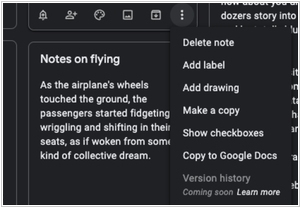
Google Keep, the free note-taking application from Google, allows users to quickly jot down notes that seamlessly sync with Gmail. However, in comparison to other popular note-taking apps, Keep has a notable limitation—it lacks the capability to display the version history of your notes. Consequently, any modifications made to a note become irreversible. The good news is that this is about to change. Upon visiting Keep's web version at keep.google.com, selecting a note, and accessing the three dots menu at the bottom, a forthcoming feature called "version history" can be observed. Although currently grayed out with a "coming soon" label, according to Google's help document, this option will soon enable users to download a text file containing previous versions of their notes or lists, providing a comprehensive view of changes made over time.
2022. Google is adding new Drive, Docs, Sheets, Slides and Keep optimizations for tablets
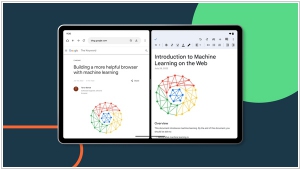
Google unveiled Android 12L earlier this year, aiming to enhance the usability of tablets. During the I/O conference, the company revealed its intention to optimize over 20 Google apps for larger screens. Today, Google has introduced several new features for Drive, Docs, Sheets, Slides, and Keep, taking a step towards fulfilling this commitment. The most noteworthy feature announced is the ability to effortlessly drag text or images between two Workspace apps that are open side-by-side. Google highlights that users can now drag content from apps like Chrome or Sheets and drop it directly into an existing document or spreadsheet cell. Additionally, in Google Drive, files can be swiftly uploaded by dragging and dropping them into the app. Furthermore, links to Drive files can be easily added by dragging the file into an open app like Keep.
2017. Google Keep joins G Suite, gets integration with Docs
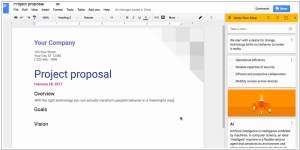
Google Keep, a note-taking app that competes with Evernote and Microsoft's OneNote, has now been integrated into Google's suite of business applications, G Suite. Additionally, Google Keep is now seamlessly integrated with Google Docs, allowing users to easily drag and drop notes from Keep into their work documents. This feature is currently available exclusively on the web and requires the user to have Docs loaded and open in their browser. To access the Keep notepad, users can navigate to the Tools menu, which will display the Keep notes within a sidebar in the Docs user interface. From there, users can effortlessly retrieve notes, including images and checklists, and insert them directly into their document. Furthermore, users have the ability to search their Keep notes directly from Google Docs and even create new notes in Keep while working within Docs.
2016. Google Keep gets support for #labels (hashtags)
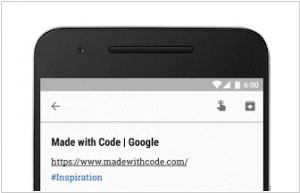
The note-taking app Google Keep has introduced a convenient way to organize and categorize notes using #hashtags. This new feature enables users to easily keep track of various items, such as to-do lists for a #trip or a collection of favorite #recipes. Additionally, the app now offers a Chrome extension that allows users to swiftly add webpages to their notebooks. With a simple click on the Keep badge, users can add a link to a note from any website, or they can create a new note directly from the right-click menu by selecting text or an image.
2014. Cloud note-taking app Notability launches Mac version
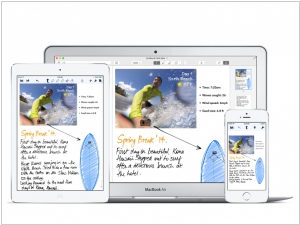
The rival of Evernote, Notability, previously available for iPhone and iPad, has expanded its functionality to include the Mac desktop, ensuring that users can access their notes across all their preferred devices. Notability is recognized for its comprehensive support of various input methods. Users can sketch on the mobile and tablet apps, insert images and text, and even import and embed documents or web pages directly into their notes, all while maintaining audio timestamps synchronized with the added content. With its availability on the Mac App Store, Notability becomes even more advantageous. Through iCloud integration, users can effortlessly sync and update their documents, accessing them seamlessly on all their Apple devices. The desktop version of the app is priced at $9.99 for download, slightly higher than the usual $4.99 price for Notability.
2013. Google Keep adds location-based reminders
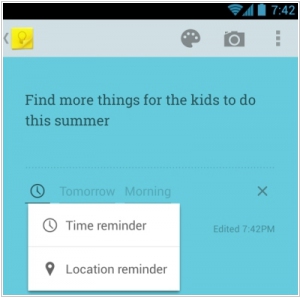
If you are responsible for managing a business or a department within a company, chances are you have numerous tasks to remember and may rely on a reminder application. One such example is Google Calendar, which can send you emails or SMS notifications to remind you of important events like birthdays, client calls, or advertising payments. However, if you utilize the online note-keeping application Google Keep, you can take advantage of a different type of reminder called a "location-reminder." This feature triggers a notification on your phone when you arrive at a specific place. For instance, you can set a reminder to send an email once you arrive at your office, purchase printer paper upon entering a store, or visit a customer when you arrive in London. It's worth mentioning that Google Keep now also offers the traditional time-based reminders in addition to these location-based reminders.
2013. Google trolls users. Launches online notebook Google Keep
Google has launched a new service - Google Keep. It's an online notebook, where you can add notes (text, pictures, lists). It works in browser and on Android. It doesn't provide any way to organize the notes (no folders, tags), you can't insert links in note and share notes. But it can transcript speech to text on the fly (on different languages). In general, it's the alternative to Evernote with its advantages and disadvantages. But, of course, in light of the recent events, it's interesting to know, why this service appeared. As you know, Google provided the similar service in the past - Google Notebook. It was even better than Evernote and only missed mobile app. It had many users. But then it was closed. ***

